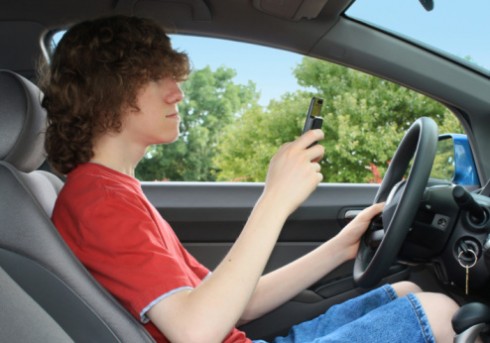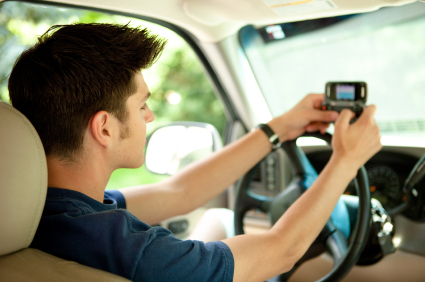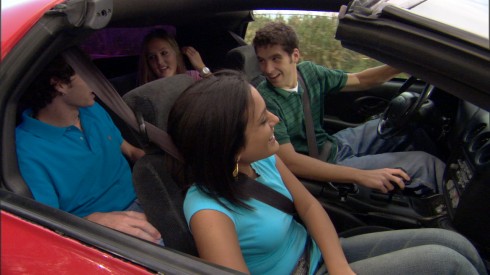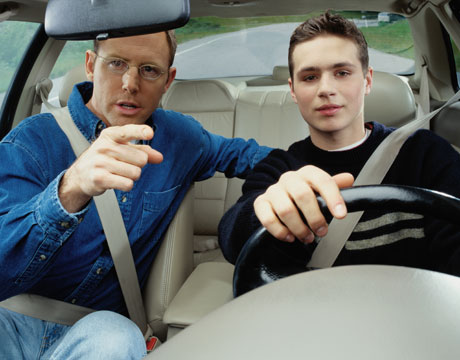If you think back to high school, you might remember a classmate who was injured or killed in a car accident. Today, the association between teens and car accidents is the same as it was then. “Statistics show that over 3 million people are injured in car accidents each year, and that about 15% of them are between 15-20 years old,†says Richard Console, a prominent New Jersey injury attorney.
According to the Centers for Disease Control and Prevention (CDC), teens are the group most at risk for fatal car crashes. Therefore parents should be very careful when they consider what and how they let their teenagers drive. Believe it or not, dangerous driving doesn’t stem from recklessness or driving under the influence (DUI), as is commonly thought. It stems from something just as dangerous: inexperience.
A brief course in driver’s education and year of supervised driving on a learner’s permit is all the experience they receive before acquiring a driver’s license. In most cases, this experience prepares them to handle the elementary aspects of driving – such as lane changes and parallel parking – but not how to respond to dangerous situations in real time. The CDC reports that the propensity of teen drivers to “underestimate†dangerous situations is a significant contributor to teen driving fatalities.
Combating the inexperience of teen drivers is difficult, but measures can be taken to improve teen driving safety. For parents, these measures should begin with making texting while driving against the rules.
Texting and Teen Drivers
Statistics on texting and teen drivers are nothing if not shocking. According to the National Highway Transportation Safety Administration (NHTSA), distracted driving (DD) is the primary cause of car accidents among teen drivers, the group most likely to be involved in fatal DD accidents. Pew Research reports that 42% of 16- and 17-year-old Americans text while they drive, and a survey by Seventeen magazine revealed that even when they learn of the danger of texting and driving, most teens who text and drive don’t stop.
Today, up to 97% of Americans support a ban on texting and/or emailing while driving, and teen driver fatalities are a major reason why. But even with texting out of the picture, the driving safety of many teens is threatened by something that can’t be outlawed: teenage passengers.
A Party on Wheels
According to research by the Insurance Institute for Highway Safety (IIHS), 63% of teenage passenger fatalities in 2008 happened when another teenager was driving. According to safety experts, this statistic reflects the driving distractions that happen when teens ride together, especially considering that the risk of an accident increases as the number of passengers does. In some instances, distraction results from trying to carry on multiple conversations at once. But distraction is also the result when passengers dare the driver to take risks, particularly when the driver and passengers are male.
From 1975 to 2010, crashes caused by male teen drivers have far exceeded crashes caused by female teen drivers. In addition to taking risks in the form of dares, male teen drivers are also at higher risk for crashes due to behaviors that aren’t as prevalent in females, behaviors such as not wearing seat belts, speeding and drinking and driving. According to the NHTSA, 37% of male teen drivers who are involved in fatal crashes are speeding at the time of the accident.
Increasing Education
Parents and schools have always educated teens on the most obvious bad driving habits: speeding and DUI. But, even less time is spent communicating knowledge about traffic safety, vehicle specs and contemporary driving habits. According to John Langan, a traffic safety expert,“Driving is the most dangerous activity the average person will do in their lifetime.â€
To reduce the danger of driving, Langan calls awareness to aspects of driving that have a major impact on driving safety but are often overlooked, such as left-turns (which are unsafe due to the increased likelihood of vehicle match-ups), vehicle crash test ratings and the danger of talking on a cell phone while driving. More driving tips by Langan can be found by visiting the Traffic Safety Institute.
So what can we parents do? We can follow these tips and implement them in our teen’s driving. Who knows, but you might save your child’s life by following these tips!




